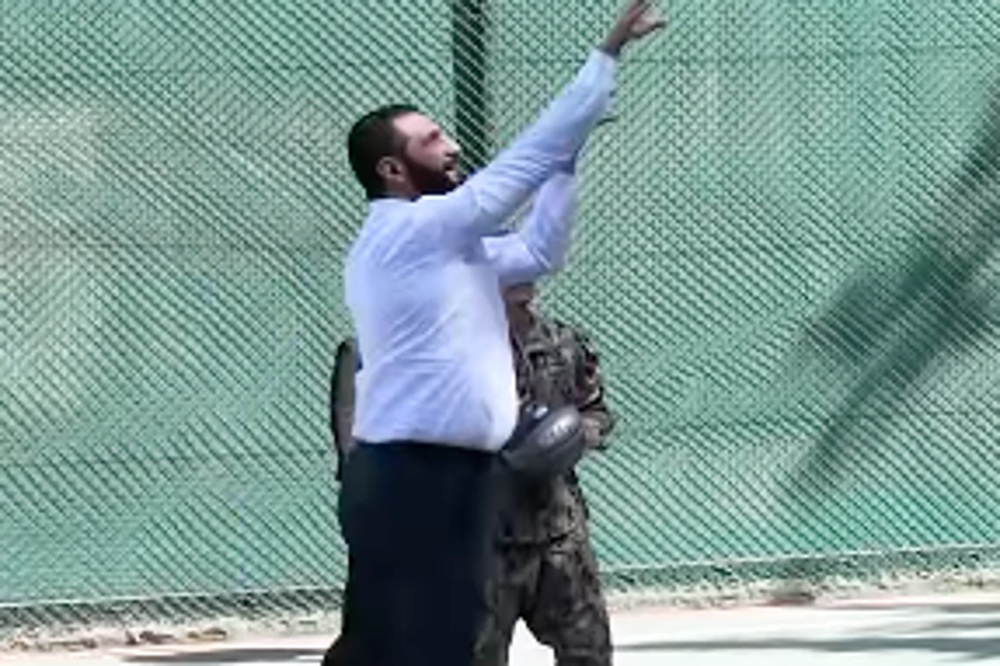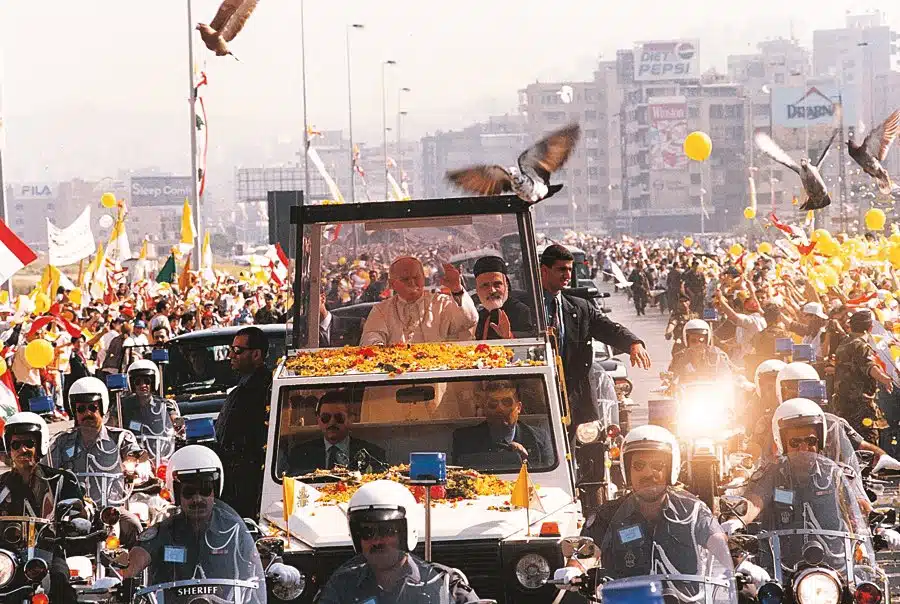
Azerbaijan and Armenia moved closer to peace since Azerbaijan re-established political control over its whole territory through a successful military operation in 2020, followed by an "antiterrorist" operation in 2023. Unmediated, direct bilateral peace negotiations are occurring, and Armenia's recent return of four villages to Azerbaijan has fostered an optimistic tone.
By Robert M. Cutler
While there is reason for optimism regarding a peace settlement in the South Caucasus between Armenia and Azerbaijan, it's important to maintain a sense of caution. The history of numerous failed attempts at lasting results necessitates this.
The current developments are favourable, a sentiment shared by Iran and Russia, adding a new dimension to the situation. This cautious optimism keeps us realistic and aware of the challenges ahead.
There is a unique opportunity that has not existed before. The current situation differs from the past because progress has been made in several issues. These include initiating direct bilateral negotiations without third-party mediation, returning four border villages to Azerbaijan, improving diplomatic rhetoric, and progressing on border delineation.
Above all, and for the first time in many years, there is definite political will on the part of both parties. An actual political process has been kicked off. An agreement was signed on 7 December 2023 that was reached strictly bilaterally, without mediation, and included an announcement that the two sides are ready to move forward with the peace process.
This means there is a historic chance to achieve a peace treaty between Armenia and Azerbaijan. Armenia supported Azerbaijan's candidature for hosting the COP29 conference of the Paris Accorids, and Azerbaijan supported Armenia's candidacy in the Eastern European Bureau of the COP membership.
Progress has also been made in demarcating and delimitating state boundaries. The commission's first meeting dedicated to these questions occurred on 24 May 2022; for the first seven meetings, nothing much happened. But the eighth and ninth meetings on 19 April and 15 May, respectively, marked real progress. On April 19th, after the eighth meeting of the delimitation commission, the Armenian side agreed on the peaceful handover to Azerbaijan of four Gazakh (Qazax) District villages.
As a result, there were protests and demonstrations in Armenia, but this act—arguably the first peaceful resolution of a territorial issue between the two states—really represents enormous progress.
About a dozen border markers have been installed by joint action between Armenia and Azerbaijan, specifically between the Gazakh District of Azerbaijan and the Tavush District of Armenia. This represents actual progress on the ground itself. Armenian Prime Minister Nikol Pashinyan called this border delimitation and demarcation an element of security guarantees for his country. It is a confidence-building and security-building measure between the two countries that gives hope for continued positive movement toward an actual peace agreement.
There has also been progress on the question of reference maps. Previously, the two parties disagreed on which maps should be used for the delimitation process. Armenia had insisted on using a specific Soviet map from 1975, while Azerbaijan argued that all maps with legal force during the Soviet era should be considered.
Recently, there seems to be an emerging consensus on this issue. Prime Minister Pashinyan made a statement around May 7th, acknowledging the need to consider multiple maps rather than relying on a single one. During the delimitation and demarcation commission meeting on April 19th, both parties issued a statement indicating that the process should be based on the 1991 Alma-Ata Declaration, which does not reference any particular map.
It is indeed remarkable that the ongoing meetings between Armenia and Azerbaijan are taking place bilaterally, without third-party mediation or facilitation. The recent meeting in Almaty reaffirmed that the two parties can have a direct dialogue:
Almaty merely served as the venue, with Kazakhstan not engaging in mediation. On a political level, this is a significant development. Two parties talk to each other on a bilateral basis, and this gives hope for a peaceful settlement.
Official Baku appears optimistic about reaching a peace agreement this year or establishing fundamental principles for such a treaty. This preliminary "generic" agreement could be achieved before the end of the year, potentially before COP29 in September.
Subsequently, the parties could address the more comprehensive aspects of the peace treaty, a process that will undoubtedly require more time. This approach involves separating the foundational principles of the peace agreement from the detailed provisions of the comprehensive peace treaty, which can be finalised at a later stage.
Regarding the transportation and communications corridor across southern Armenia, linking the main body of Azerbaijan with its exclave Nakhchivan, Azerbaijan refers to this as the "Zangezur Corridor," among other names. However, this is just a name and does not imply any extraterritoriality at all.
Azerbaijan has already constructed a portion of the road inside Azerbaijan, and a railway is also planned. Most of this work is near completion. However, Armenia has not made significant progress despite committing to this linkage in the November 2020 agreement, which stipulated that Armenia would facilitate this connection. The situation remains contentious, with much of the debate clouded by semantic obfuscation.
Initially, Armenia might have intended to fulfil its obligation to provide this link between Azerbaijan and Nakhchivan. However, a significant issue has arisen regarding who will provide security guarantees. The 2020 agreement specified that Russian border guards would ensure security, but Armenia now advocates for some form of international mechanism.
There is little consensus on this matter. Azerbaijan seems to be pressing Armenia to adhere to the original agreement, which calls for Russian border guards to provide security. Despite this, considerable negotiation space remains, and Armenia must reconcile with its commitment to establish this corridor, a commitment it is reluctant to fulfil.
A peace agreement could have far-reaching positive effects, enhancing regional stability and economic prospects. Improved trade routes, such as the Zangezur Corridor and potential links to the Gulf Cooperation Council (GCC) states and Central Asia, could boost economic integration and attract foreign investment. Normalising relations in the South Caucasus holds significant potential for regional development and global trade.
However, one critical requirement remains: Armenia must amend its constitution, which currently enshrines territorial irredentism. By definition, Azerbaijan cannot sign a peace deal with a country whose constitution legitimises claims over Karabakh. Article 1 of the Armenian Constitution endorses the “nation-wide objectives” stated in the Declaration of Independence, which includes the unification of Armenia with Karabakh. This provision not only justifies potential future attempts to re-occupy Karabakh but also poses a risk that the Constitutional Court of Armenia might invalidate a comprehensive peace settlement after it is signed.
Historical precedents, such as the collapse of the 2010 Accords with Turkey following an Armenian Constitutional Court opinion, underscore the importance of addressing this constitutional issue to ensure a lasting peace agreement. While significant progress has been made, and there is a unique opportunity for peace, careful attention to legal and constitutional reforms is essential for a durable and comprehensive resolution to the decades-long conflict.






